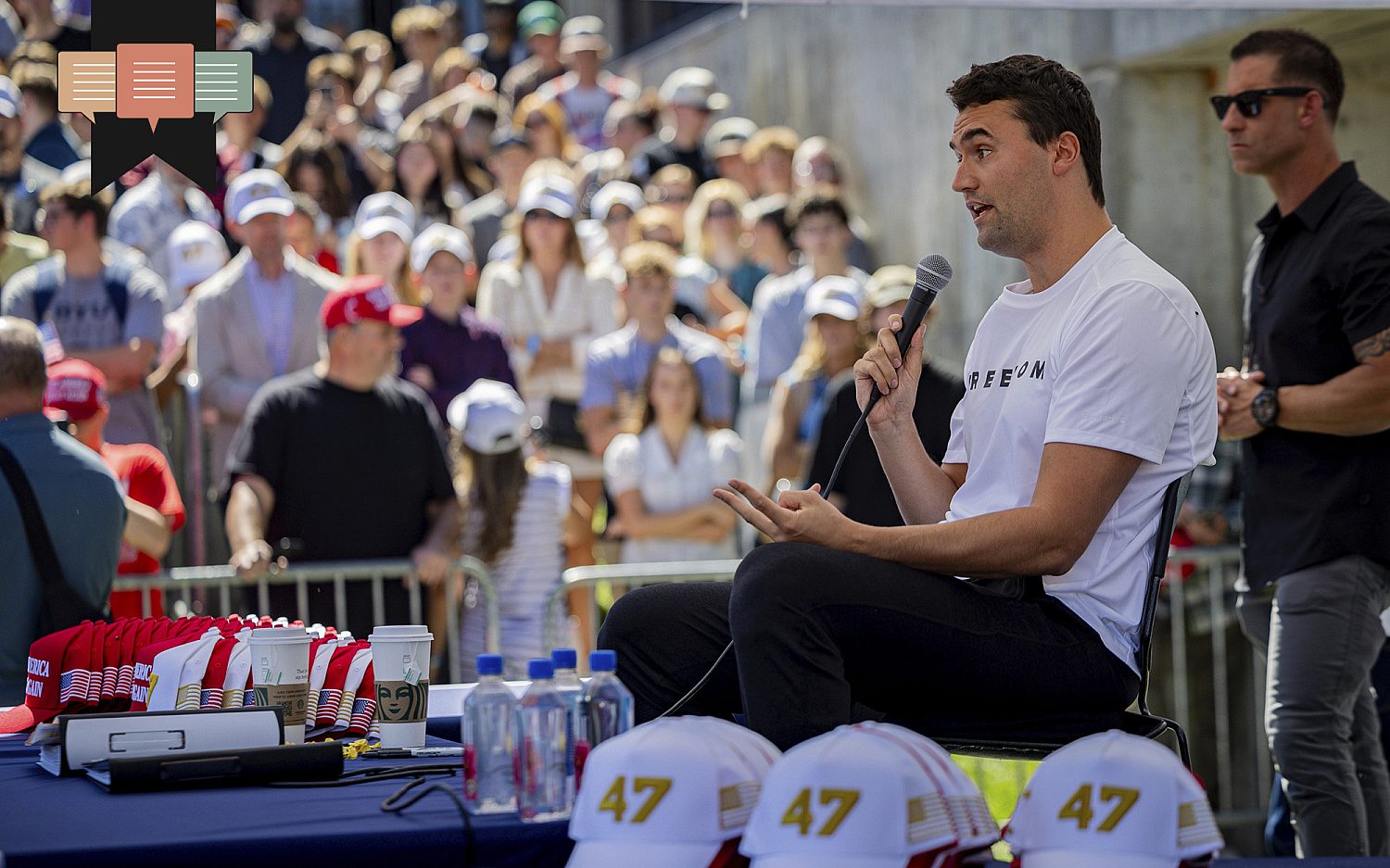The limits of strength
Is Putin serious about a tactical nukes option?
As Russian President Vladimir Putin’s war of aggression against Ukraine appeared to bog down and veer quickly off script, he ordered Russia’s nuclear deterrence forces placed on high combat alert. Coupled with his earlier warning that any country interfering in the conquest of Ukraine would “face consequences greater than any [ever] faced in history,” Putin’s move is chilling. It reminded us that the human race has at its fingertips the power to blow up the world. This inevitably—frustratingly—limits how the free world can respond to totalitarian bullies.
While many might fear Armageddon, Putin’s immediate threat isn’t necessarily the thermonuclear annihilation of London, Paris, or Washington, D.C. The present danger is most likely the Russian employment of a tactical nuclear weapon. In contrast to city-busting strategic weapons, tactical nukes, while tremendously destructive, have lower explosive yields and are designed for use on a battlefield—even while friendly forces are in proximity.
Russia has war-gamed the use of such devices against NATO and Chinese conventional forces in scenarios in which its own conventional forces are defeated. Western analysts worry that Russian military doctrine under Putin has grown more reliant on tactical nuclear weapons as an essential part of Russia’s “escalate to deescalate” strategy. The possession of tactical weapons effectively has likely lowered the threshold at which Putin might seek a nuclear option. This is especially true if his adversary does not possess similar weaponry.
Imagine that Putin, fearing a conventional defeat in Ukraine, drops a tactical weapon—perhaps on NATO force concentrations staged along the Ukrainian border—and then pivots to negotiate a stand-down. If the United States only had high-yield strategic options, Moscow might believe the United States would not respond to a low-yield attack with a far more destructive nuclear attack of its own but would instead accept the stand-down—even perhaps on terms more favorable than Moscow might otherwise have achieved.
To counter this unsettling prospect, in the last half of the Trump administration, the U.S. Navy fielded a submarine-launched, low-yield nuclear warhead. The move was consistent with U.S. nuclear strategy, which called for forward-deployable weapons that can provide a wider array of nuclear options. The strategy intended to “enhance deterrence by denying potential adversaries any mistaken confidence that limited nuclear employment can provide a useful advantage over the United States and its allies.” As Rebeccah Heinrichs, a nuclear policy expert at the Hudson Institute, puts it, the goal was to make nuclear war—of any kind—once again less likely. “The better the United States can convince our adversaries that there are credible options available that make their acts of aggression simply not worth the costs, the more effectively the United States can deter large-scale war and preserve peace,” she asserts.
However, because Putin knows that the United States can now match his tactical options, his nuclear threats might grow more reckless. If so, they are certainly not irrational. Putin likely seeks to create anxiety among Western leaders over just how far he is willing to go to conquer Ukraine. While he knows that a tactical exchange risks escalating to a strategic exchange—and therefore the probable end of the world—he can bank on the assumption that Ukraine simply doesn’t mean enough to us to risk it. This is the heart of the deterrence game: Convince your adversary that enough of your own interests are at risk that you are willing to impose a cost greater than your opponent’s interests make him willing to absorb. Putin knows—because we have signaled—that while Ukraine is important to us, it is not vital.
Countering Putin’s nuclear threat requires courage and entails significant risks. But not countering his threat carries its own risks—including emboldening both Putin’s future ambitions as well as China’s. We need to convince Putin that he cannot know for certain whether we would or wouldn’t respond in kind to a tactical nuclear attack. He cannot be allowed to believe that he would be allowed to cross out of the conventional domain with impunity. As Putin has clearly grasped, credible deterrence relies on the projection of strength and the willingness to use it. We mustn’t blink in the face of bluster.
At the same time, the last thing we want is a dying bear fighting to the death. In Putin’s case, such a fight would be dangerous beyond belief.
These daily articles have become part of my steady diet. —Barbara
Sign up to receive the WORLD Opinions email newsletter each weekday for sound commentary from trusted voices.Read the Latest from WORLD Opinions
R. Albert Mohler Jr. | The assassination of Charlie Kirk and the call of a generation
Erick Erickson | Angry conservatives should remember the young leader’s words about faith
R. Albert Mohler Jr. | Response to release of security video shows deep division between liberals and conservatives
Barton J. Gingerich | The deeply rooted problem with a convert to Roman Catholicism administering the Lord’s Supper in a PCA church






Please wait while we load the latest comments...
Comments
Please register, subscribe, or log in to comment on this article.